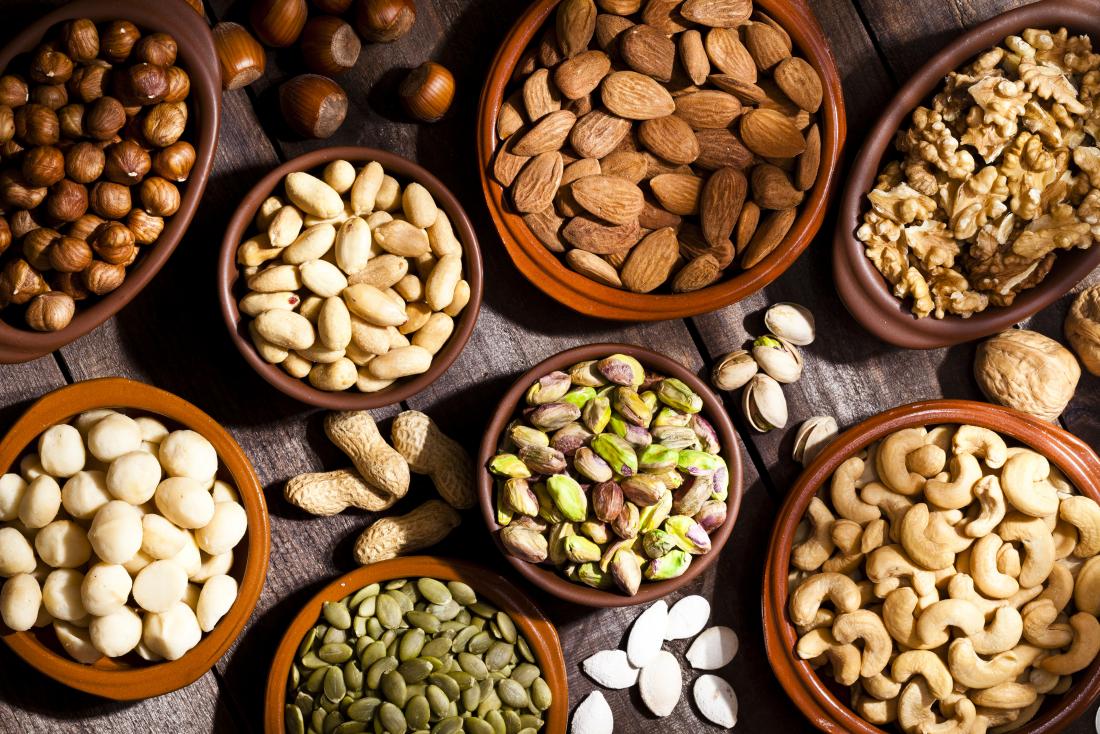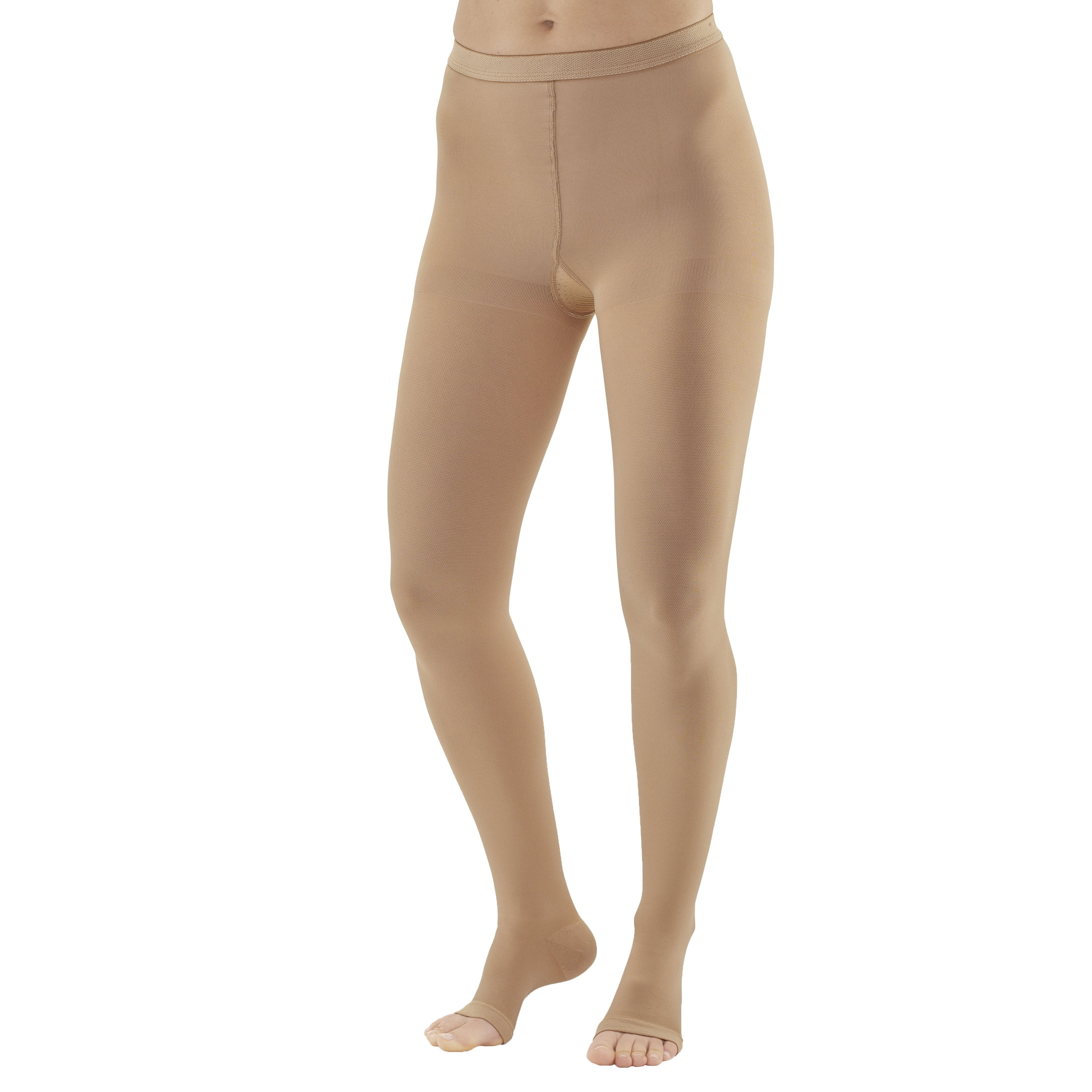Table of Content
The fatty oil derived from coconut flesh has numerous benefits. It has anti-fungal properties that are found to be highly effective against Candida albicans. It is essential to look for a pure version of coconut oil in order to treat the vagina; infections with its use.
Vulvar varicosity is a rare issue, but it can occur in any pregnancy. Around 4% of women experience vulvar varicosities during their pregnancy, and the effects are sometimes permanent. That said, you’re most likely to experience VVs during pregnancy. During this time, your body produces more blood, which flows more slowly from your legs back up to your pelvis.
Doctor-approved information to keep you and your family healthy and happy.
Having pelvic varicose veins will also increase your chances of developing vulvar varicosities. Your genes are one of the main factors that decide whether or not you will develop vulvar varicosities, or be one of the lucky women who are able to avoid them. During a sclerotherapy varicose veins treatment, a local anesthetic is applied to maintain maximum comfort during the procedure.
Your abdomen experiences additional pressure, potentially obstructing or partially obstructing the veins that pass through your pelvis as well as your legs. Your healthcare provider will do a physical exam to see if you have vulvar varicosities. As part of the exam, your provider may take a closer look at your vulva while you’re lying down and while you’re standing. Viewing your vulva from both these angles can help your provider compare how your veins look without pressure and with pressure . More blood flows to your pelvis when you’re pregnant.
How common are vulvar varicosities?
As a baby grows, the blood volume needed to supply that baby also grows. In fact, women’s blood volume during pregnancy increases anywhere from %, averaging at a 45% increase . The term “vulva” refers to female external genitalia. Learn about the causes of pain in these sensitive tissues, treatment options, and home remedies. Both procedures can usually be carried out on an outpatient basis under general anesthetic, which means the person will be asleep and will not feel any pain. Varicose veins tend to run in families, so women with close family members that have them may also develop them.

You should also avoid eating too much sodium, as high levels can affect blood pressure. Other pelvic floor exercises can also help to reduce pain from vulvar varicosities. Anything that gets the blood flowing below the hips will improve circulation and relieve pressure around the vulva. Many cases of vulvar varicosity don’t require treatment. For many women, visible veins may disappear in the months following pregnancy.
Management and Treatment
The changing levels of estrogen and progesterone hormones in your body also cause the walls of your veins to relax. However, you may also experience varicose veins on your legs or elsewhere in your pelvic region. The good news is, if you suffer from vulvar varicosities, you are not alone! Vulvar varicosities are not uncommon, and treatments are therefore usually covered by most major insurance providers.

Largely, women try to treat mild to moderate vaginal infections through home remedies or natural products that are readily available and don’t harm the body. Sometimes, taking medications for mild infections proves to be harmful, posing more harm to the body than the treatment itself. Vulvar varicosities happen partially because there is increased blood flow in your body during pregnancy. In fact, the amount of blood your heart pumps during pregnancy can increase 30% to 50%. A lot of it goes to your uterus, but the vulvar region is also impacted by this increase in blood flow as your body prepares itself for birth. Most of the time, varicose veins are a cosmetic issue meaning they don't typically pose any risk to your physical health.
Seeking relief from your vulvar varicosities symptoms
The appearance of these veins become a bluish or purplish one. This is due to excessive pressure on the abdomen or legs. Many women develop vulvar varicosities during pregnancy, especially during second pregnancies. According to different studies, about 10 to 22 percent of pregnant women develop vulvar varicosities. The number might be even higher, since many women can’t feel or see the enlarged veins and receive no diagnosis. Apart from the swollen veins, most women with vulvar varicosities lack significant symptoms.

Fortunately, there are steps that women can take to reduce their risk of forming vulvar varicosities that will last beyond the postpartum period. Keeping your pelvis elevated, even if only for a short period each day, helps reduce your risk of vulvar varicosity. You can lie down with a wedge or pillow to lift your hips, or you can practice pelvic floor exercises that elevate the area. Specialized support garments can help brace your pelvic area, improving blood flow. Wearing one prevents blood from pooling or back flowing, reducing the risk of varicose vein formation.
A combination of anesthetic and sclerosant is then injected directly into the problematic vein, irritating it to the point of closure and collapse. Vulvar varicosities are varicose veins that form at the outer surface of the female genitals, called the vulva. This condition most often affects people who are pregnant. It happens because of an increase in blood flow to the pelvic region during pregnancy.
Phlebectomy.This treatment involves the removal of the affected veins by making small incisions on the skin’s surface. It is not recommended to douche in water containing apple cider vinegar as it can flush out the beneficial bacteria as well from the vagina. Eventually, making the person more prone to yeast infections. Bathing with lukewarm water containing small amounts of apple cider vinegar is a popularly effective remedy for yeast infections. The oregano il made out of wild oregano is the essential oregano oil that is effective in treating Candida infections. Essential oil of oregano is inhaled as aromatherapy and not ingested.
Vulvar varicosities are swollen veins on your vulva that usually show up when you’re pregnant. Or, you may notice signs that they’re there, like pain or a feeling of fullness in your vulva. In the meantime, there are easy lifestyle adjustments you can make to manage symptoms. Varicose veins appear when parts of your veins become dilated, enlarged, twisty, and/or overfilled with pooling blood. Because of this, you may feel pain, pressure, or discomfort in affected areas.

Vulvar varices develop during month 5 of a second pregnancy. Screening to detect them with the patient standing is desirable at month 6 of pregnancy and 1 month after delivery. If these varices persist after delivery, a visit to a vascular specialist is desirable and treatment with sclerotherapy is almost always possible.
Chia seeds or flax seedsThese types of seeds are high in fiber, which can help improve your heart health and digestive functions. This will keep you from bloating and avoid the increased pressure put on your abdomen and legs. Vulvar varicosities are often uncomfortable, but in most cases they resolve post-delivery and don’t cause complications or require intense treatment during pregnancy. At-home prevention and treatment strategies can help you manage the condition during your pregnancy.


No comments:
Post a Comment